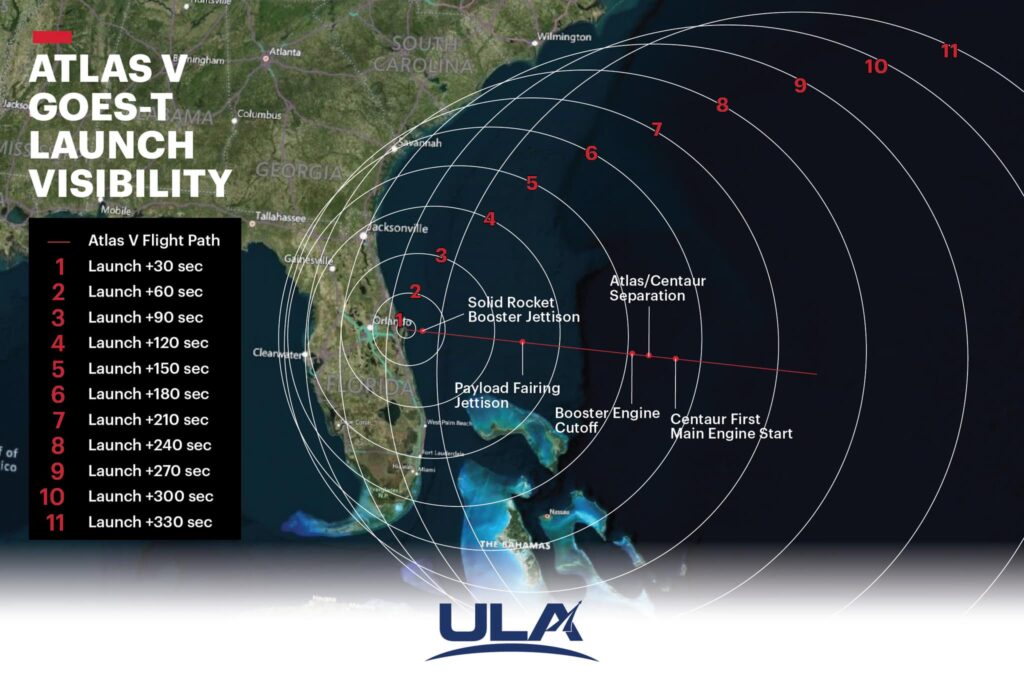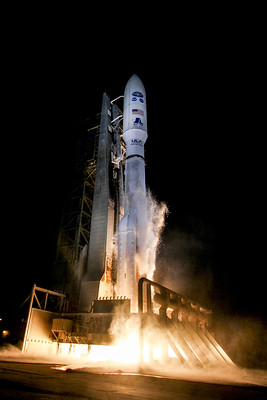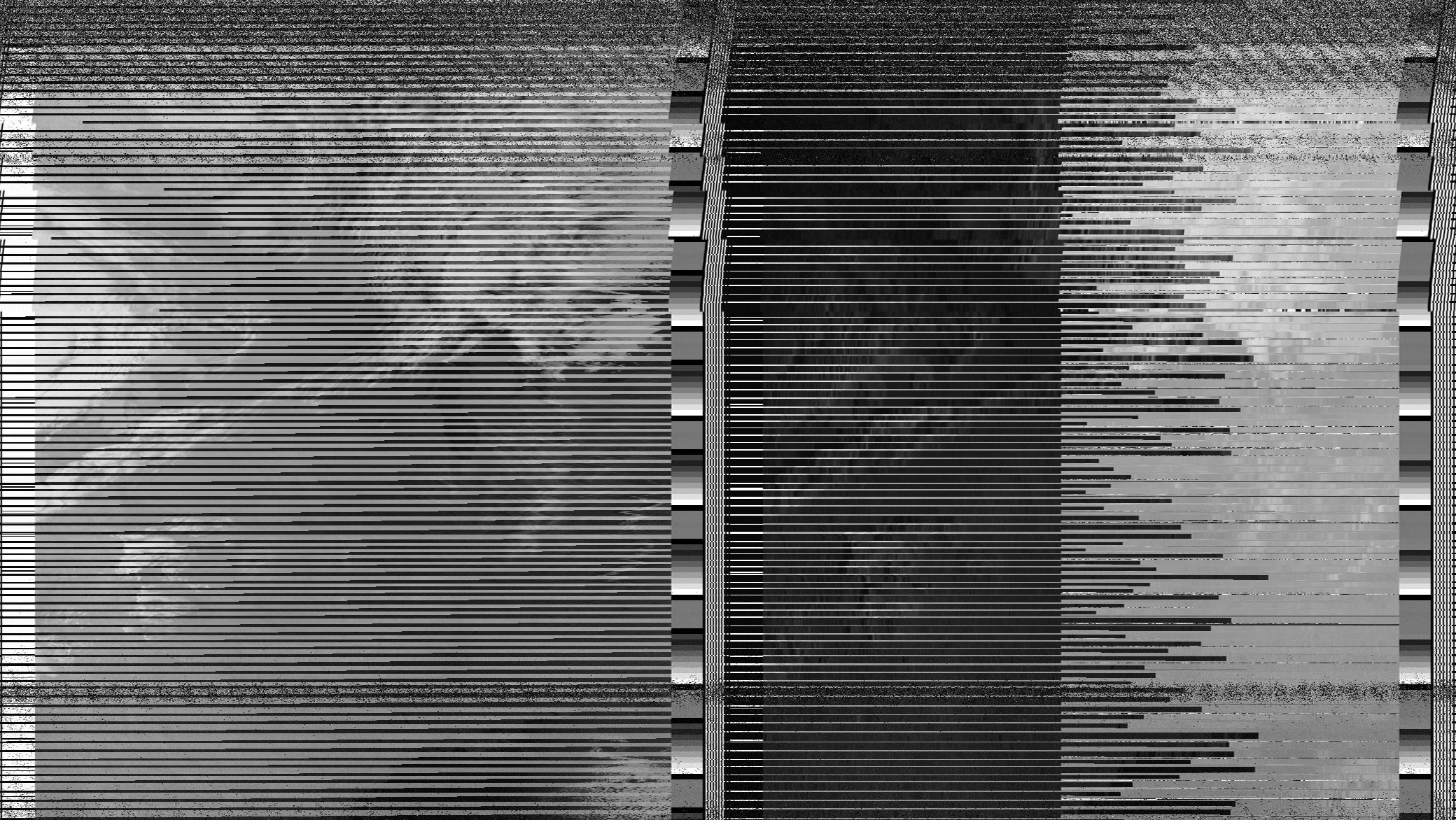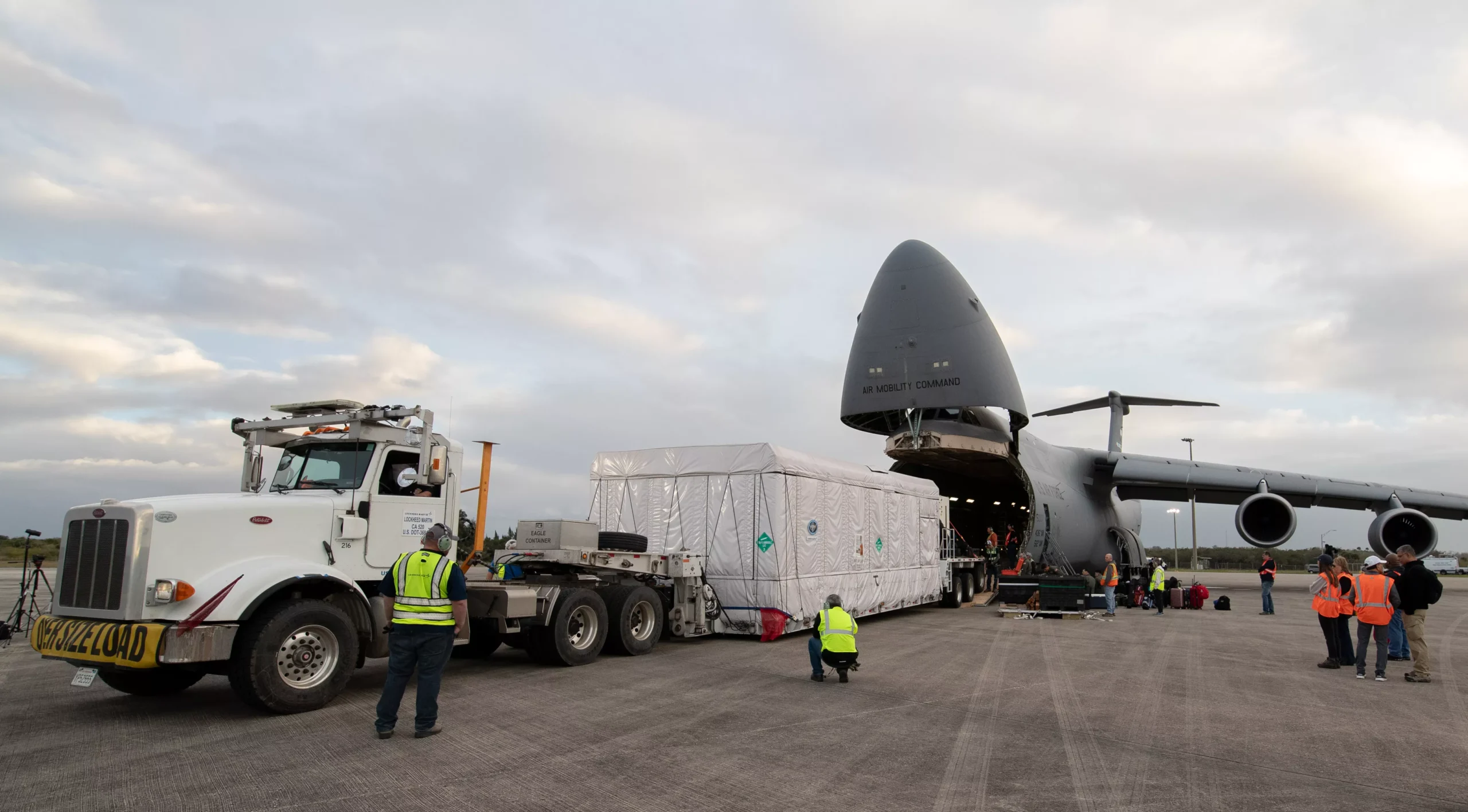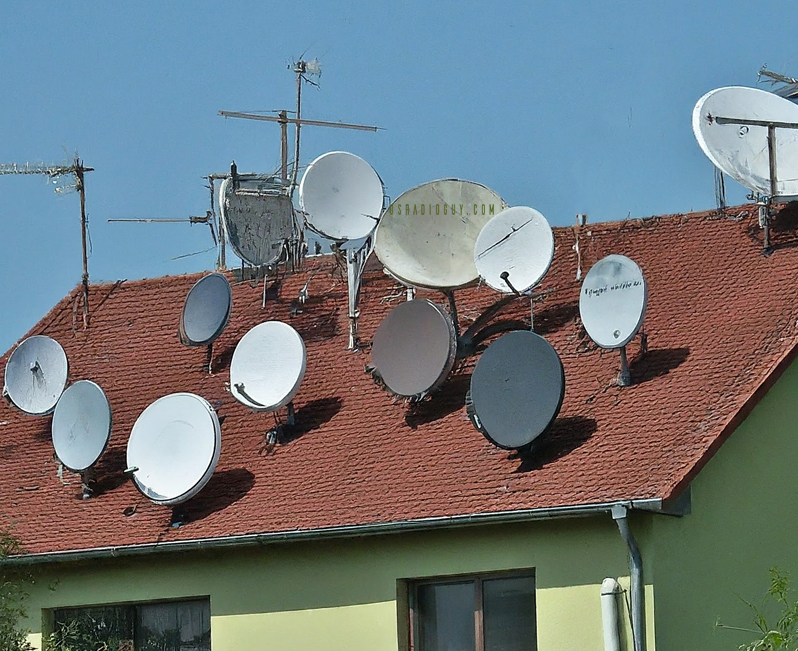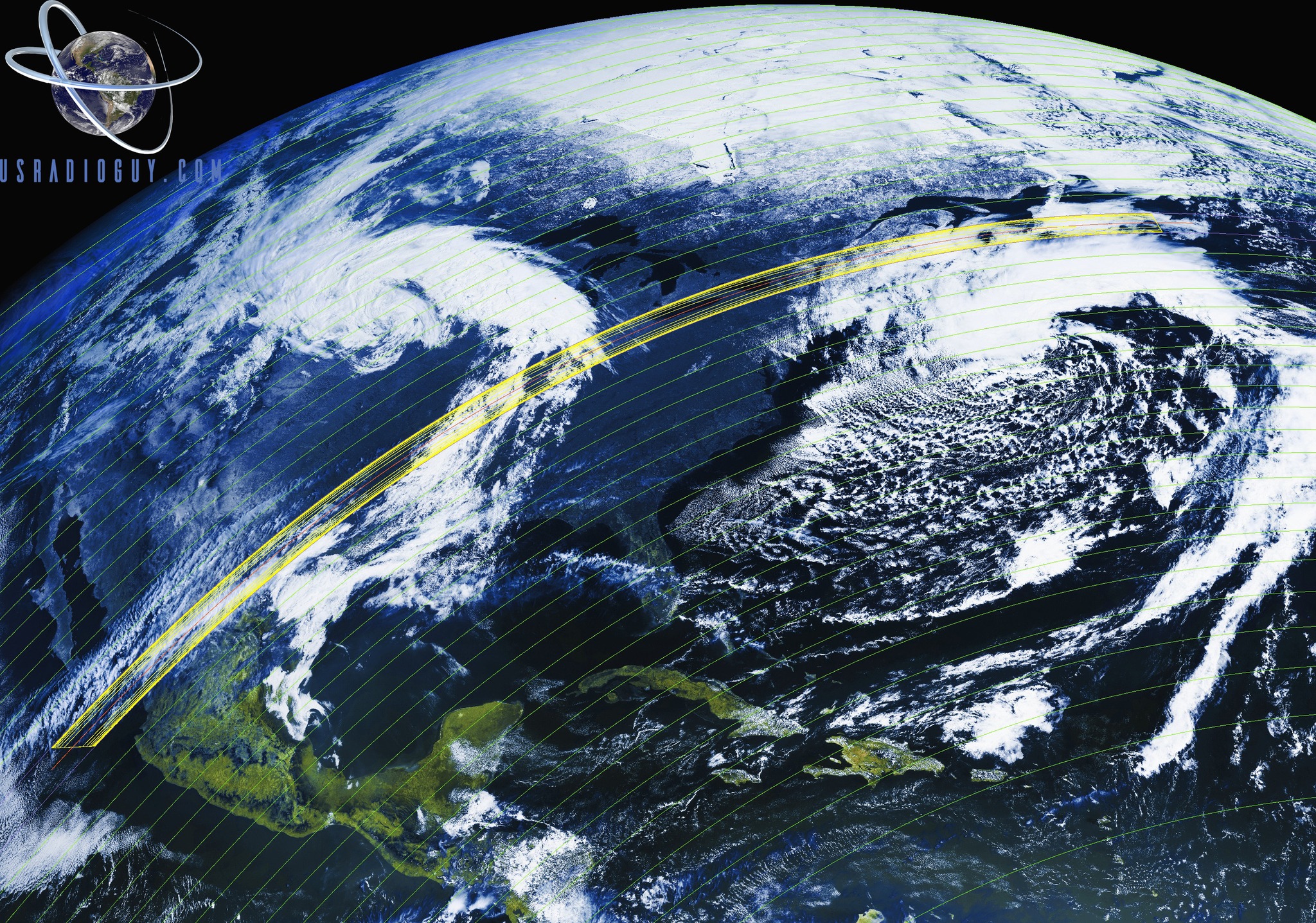![]()
ATLAS V TO LAUNCH GOES-T
Atlas V GOES-T Mission Profile
A United Launch Alliance (ULA) Atlas V 541 rocket passed the Launch Readiness Review on Feb 26th, and will launch Geostationary Operational Environmental Satellites (GOES) –T mission for NOAA, NASA and NASA’s Launch Services Program (LSP). The launch is planned for March 1st from Space Launch Complex-41 at Cape Canaveral Space Force Station, Fla.
Weather conditions have improved at Kennedy Space Center, Space Force Delta 45 is now predicting 80% chance of acceptable weather; Primary concerns are cumulus clouds and liftoff winds.
Total time from Launch to spacecraft separation will be just over 3 1/2 hours.
LAUNCH DATE: March 1, 2022
LAUNCH WINDOW: 4:38-6:38 p.m. EST (2138-2338)
LAUNCH TIMELINE:
- T-00:00:02.7: RD-180 ignition
- T+00:00:01.0: Liftoff
- T+00:00:05.3: Begin pitch/yaw maneuver
- T+00:00:35.3: Mach 1
- T+00:00:48.0: Maximum aerodynamic pressure (Max-Q)
- T+00:01:50.7: Solid rocket booster jettison
- T+00:03:30.2: Payload fairing jettison
- T+00:04:22.8: Atlas booster engine cutoff (BECO)
- T+00:04:28.8: Atlas/Centaur stage separation
- T+00:04:38.7: Centaur first main engine start (MES-1)
- T+00:12:05.6: Centaur first main engine cutoff (MECO-1)
- T+00:23:39.1: Centaur second main engine start (MES-2)
- T+00:28:14.3: Centaur second main engine cutoff (MECO-2)
- T+03:28:28.4: Centaur third main engine start (MES-3)
- T+03:30:07.3: Centaur third main engine cutoff (MECO-3)
- T+03:32:56.3: GOES-T spacecraft separation
NASA LIVE BROADCAST OF THE GOES-T LAUNCH
Launch Mission Execution Forecast Atlas V GOES-T Launch – 1
Click here to view the GOES T Roll out and Fueling photos
Atlas V 541
Height 60.00 Meters
Mass To GTO 8290 kg
Max Stages 2
Launch Success 7
Consecutive Success 7
Diameter 3.80 Meters
Mass To LEO 17410 kg
Liftoff Mass 479 Tonnes or 1,056014LBS
Thrust 2.25 Million LBS
Maiden Flight 2011-11-26
Launch Failures 0
The Atlas V 541 rocket, fitted with four side-mounted solid rocket boosters, will deliver GOES-T into an optimized geosynchronous transfer orbit (GTO) three-and-a-half hours after liftoff.
Atlas V enhances the GOES-T satellite’s trip to space by using all the rocket’s performance to deliver the payload with a much higher perigee, or low point of the transfer orbit, and substantially reducing inclination relative to the equator in contrast to standard GTOs. Those actions by the launch vehicle benefit the satellite by getting GOES-T closer to its final geosynchronous orbit, thereby requiring fewer orbital maneuvers, and conserving its onboard fuel supply for longer mission life.
The satellite will operate 22,236 miles (36,000 km) above Earth to cover the western half of the continental U.S., Alaska, Hawaii, Mexico, Central America, and surrounding Pacific Ocean waters. It will replace GOES-17 (launched as GOES-S) as the GOES-West observatory, working in tandem with GOES-16 (launched as GOES-R) in the GOES-East location that covers the Eastern U.S., Caribbean, and Atlantic.
Atlas and Delta rockets have launched all the GOES weather satellites to date; GOES-T will be the 19th launched since 1975.
TRAJECTORY

Wondering when and where you may see the launch? The visibility map shows your best chances to see the rocket along the eastern seaboard of the U.S.! Launch is scheduled for Tues. at 4:38 p.m. EST (2138 UTC) from Cape Canaveral, FL.
